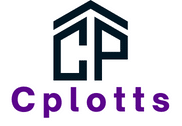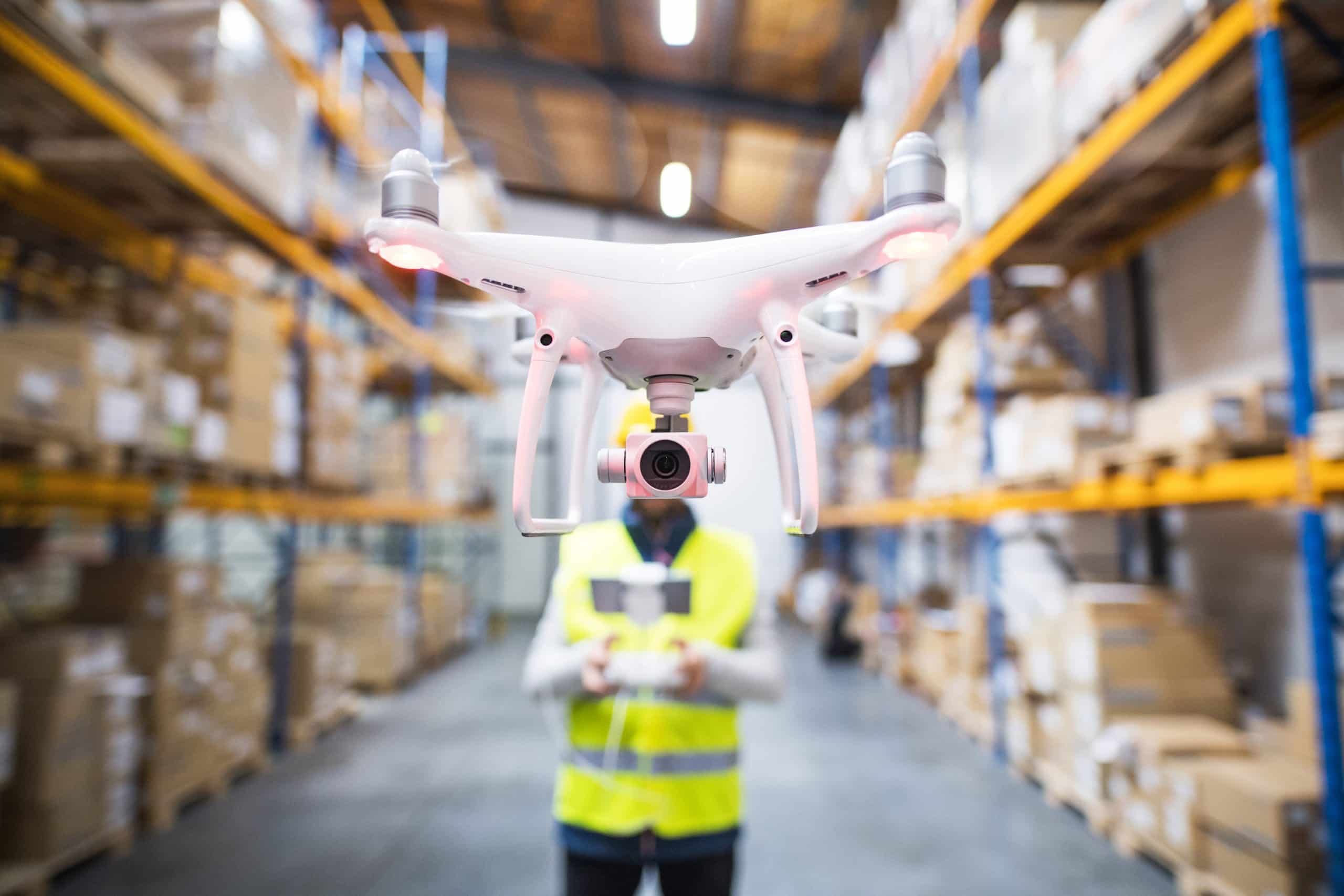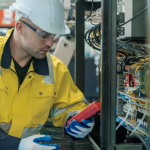From crop monitoring to disease detection and pesticide application, the utilization of drone technology in agriculture has become increasingly prevalent. In particular, drone swarm technology, an innovative approach using multiple drones operating simultaneously, has been transforming the agricultural industry. This technology brings a new dimension to precision agriculture, enhancing farmers’ management and growth capabilities by providing more comprehensive and accurate data.
This article will explore the latest developments in drone swarm technology for precision agriculture, focusing on the commercial use of drones, regulations by the Federal Aviation Administration (FAA), and companies like Hylio and Rantizo that are leading the way in this field.
Also to discover : What’s the Latest in Real-Time Language Interpretation Earbuds for Travelers?
The Rise of Commercial Drones in Agriculture
In the realm of commercial agriculture, drones are no longer a novelty but a necessity. The use of these unmanned aerial vehicles (UAVs) or Unmanned Aircraft Systems (UAS) has revolutionized farming, providing a cost-effective solution for tasks traditionally performed manually or by large machinery.
In recent years, the commercial use of drones, especially drone swarms, has been growing rapidly. The combination of drone technology with advanced sensors and imaging capabilities allows for precision agriculture. This approach enables farmers to manage their crops more efficiently and helps in enhancing crop yield by identifying potential issues early.
In the same genre : 5 Practical Tips for Maintaining Your Industrial Electrical System
One key aspect that makes drone swarm technology a valuable asset in agriculture is the ability to cover large areas in a short amount of time. A single drone can only cover so much ground, but a swarm of drones can scan an entire farm in the blink of an eye. They can collect more extensive and detailed data, giving farmers an unprecedented level of insight into their crops’ health and growth.
FAA Regulations and Industry Compliance
As drone technology becomes more common in commercial agriculture, it’s crucial to understand and comply with the regulations set forth by the FAA. This agency governs the use of drones for commercial purposes and has set specific rules and guidelines to ensure the safe and efficient operation of UAS.
For instance, one of the FAA’s requirements for commercial drone use is that operators must have a Remote Pilot Certificate. They must also keep the drone within their line of sight and operate in daylight hours, though waivers can be obtained for specific needs.
Another significant regulation is the FAA’s rule on drone swarms. Currently, the FAA allows for the operation of multiple UAVs by a single pilot, provided they do not pose a risk to people or property. This rule is especially relevant in the context of agriculture, where drone swarms are often used to cover large tracts of land.
Hylio’s Impact on Precision Agriculture
Hylio is a frontrunner in the field of agricultural drone technology. They specialize in providing agricultural businesses with tailored drone solutions. Hylio’s drone swarm technology is making a significant impact on precision agriculture. Their agricultural drones can perform a variety of tasks, from crop spraying to monitoring crop health, providing farmers with real-time data.
Hylio drones are designed to work in swarms, significantly improving their efficiency. These swarms can be used to conduct large-scale spraying operations or to collect extensive data on crop health. The information gathered can help farmers make informed decisions about their crop management strategies, ultimately leading to improved crop yields and growth.
Rantizo’s Unique Approach to Drone Swarm Technology
Another key player in this field is Rantizo, a company that has been making waves with its unique approach to drone swarm technology. Rantizo’s system uses drone swarms to apply agricultural inputs precisely where they are needed, reducing waste and improving efficiency.
Rantizo has developed a unique "fly-and-apply" system, using drone swarms to scan fields, identify problem areas, and apply the necessary treatments. This system not only improves the efficiency of agricultural operations but also reduces the environmental impact by minimizing the overuse of pesticides and fertilizers.
Rantizo’s drone swarm technology is an exceptional example of how this technology can be utilized in precision agriculture. It provides a solution that is not only more efficient and cost-effective but also more environmentally friendly.
The advancements in drone swarm technology for precision agriculture underscore the significant role technology plays in shaping the future of farming. As we continue to see the development and implementation of these technologies, one thing is for sure: the sky’s the limit for precision agriculture.
Innovative Applications of UAS Swarm in Precision Farming
The use of UAS swarms in precision farming is an exciting growth opportunity. It allows for real-time monitoring of agricultural land and crops. In turn, this enables farmers to take immediate action in response to any issues that emerge, thereby promoting optimal crop health.
Drone swarms are now being used to monitor soil fertility, detect pests and diseases, and assess crop health. With their advanced sensors and imaging capabilities, these swarms can provide high-resolution images and data, enabling precise monitoring and management of crops. Through this, farmers can make data-driven decisions, optimizing their farming practices for increased productivity and efficiency.
Swarm farming is another revolutionary application of this technology. In this method, a swarm of drones is used to perform tasks such as planting seeds, applying fertilizers, or spraying pesticides. This not only saves time and reduces labor costs but also allows for precise application, minimizing waste and ensuring that the crops receive the right amount of inputs.
Moreover, drone swarms can also be used for irrigation management. By collecting real-time data on soil moisture levels, these swarms can help farmers in determining the exact amount of water required by each part of the field. Consequently, this can lead to significant water savings, contributing to sustainable farming.
With the incorporation of AI and machine learning, the capabilities of drone swarms in precision farming are likely to increase. For instance, drones could potentially be programmed to identify specific pests or diseases, allowing for early detection and treatment.
The Future of Drone Swarm Technology in Agriculture
The use of drone swarm technology in agriculture is still in its early stages, but its potential is undeniable. As more farmers and agricultural businesses embrace this technology, we can expect to see a significant transformation in the agricultural sector.
In the future, we could see drone swarms being used to automate the entire crop production process, from planting to harvesting. This would not only enhance efficiency but also reduce the reliance on manual labor, thereby reducing costs.
Moreover, drone swarms could also play a crucial role in tackling some of the major challenges facing the agricultural sector, such as climate change and food security. By providing accurate and real-time data, this technology could help in developing more resilient and sustainable farming systems.
Furthermore, advancements in drone technology and AI could lead to the development of smarter and more capable drones. For instance, drones could be equipped with advanced sensors capable of detecting minute changes in crop health. Or they could be programmed to make autonomous decisions, such as applying fertilizers or pesticides when required.
Overall, the future of drone swarm technology in agriculture is promising. With ongoing technological advancements and the growing acceptance of this technology in the agricultural sector, it’s clear that drone swarms will play a pivotal role in shaping the future of precision agriculture.
Conclusion
Drone swarm technology is revolutionizing the world of precision agriculture, providing farmers with unprecedented access to real-time, detailed data about their crops. Companies like Hylio and Rantizo are leading the way, demonstrating how drone swarms can improve efficiency, reduce waste, and enhance crop health.
While there are regulatory hurdles to overcome, the potential benefits of this technology are immense. By embracing drone swarms, farmers can not only increase their productivity but also contribute to more sustainable and resilient farming systems.
As the technology continues to advance, we can expect to see even more exciting applications of drone swarms in precision farming. From automating the entire crop production process to tackling global challenges like climate change and food security, the possibilities are endless.
This is indeed an exciting time for the agriculture drone industry. With the continued innovation and growth, there’s no doubt that the future of precision farming lies in the sky.











